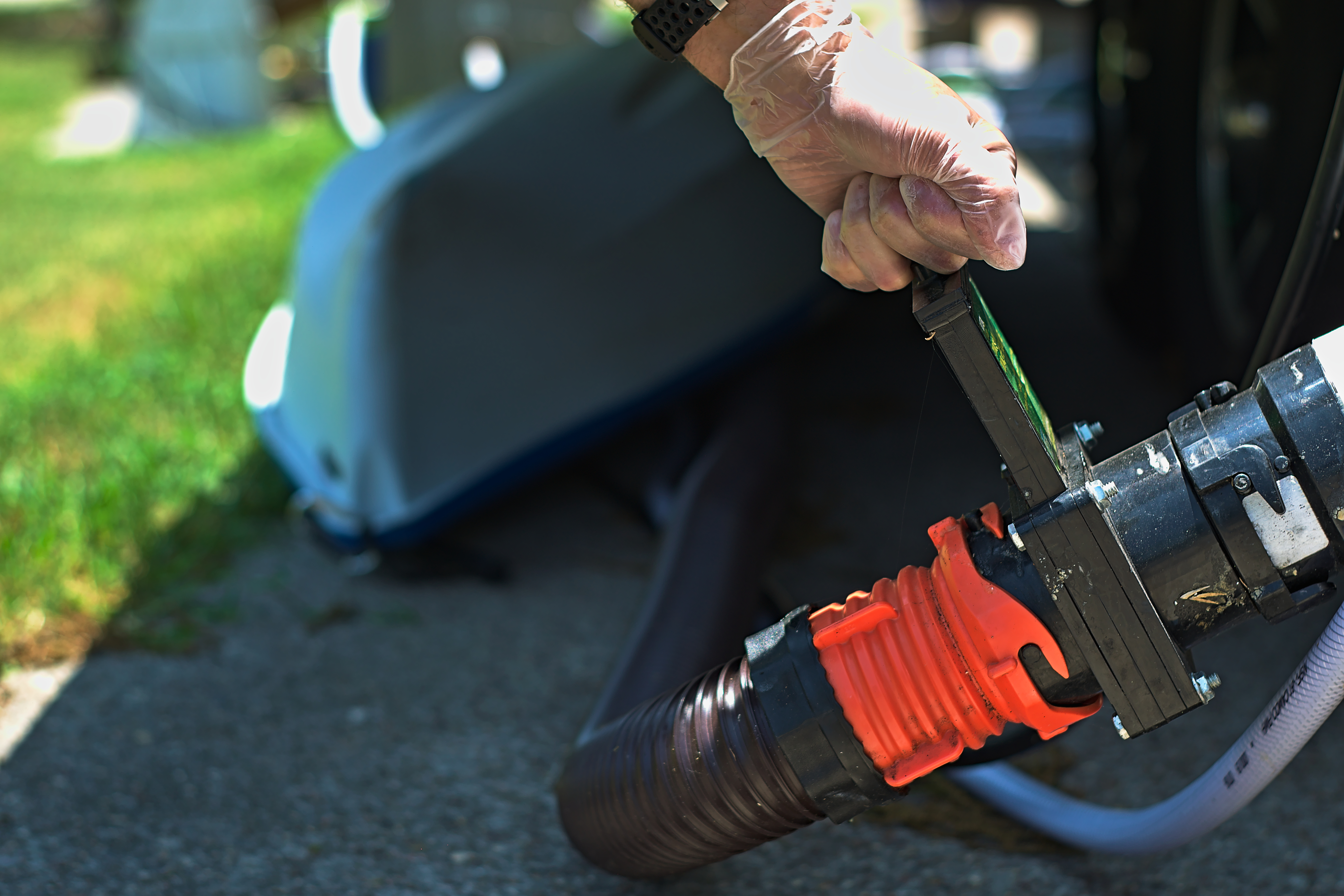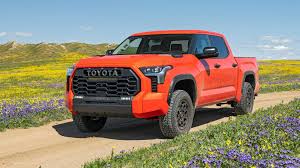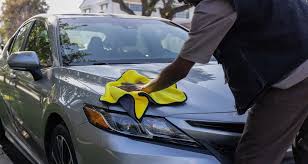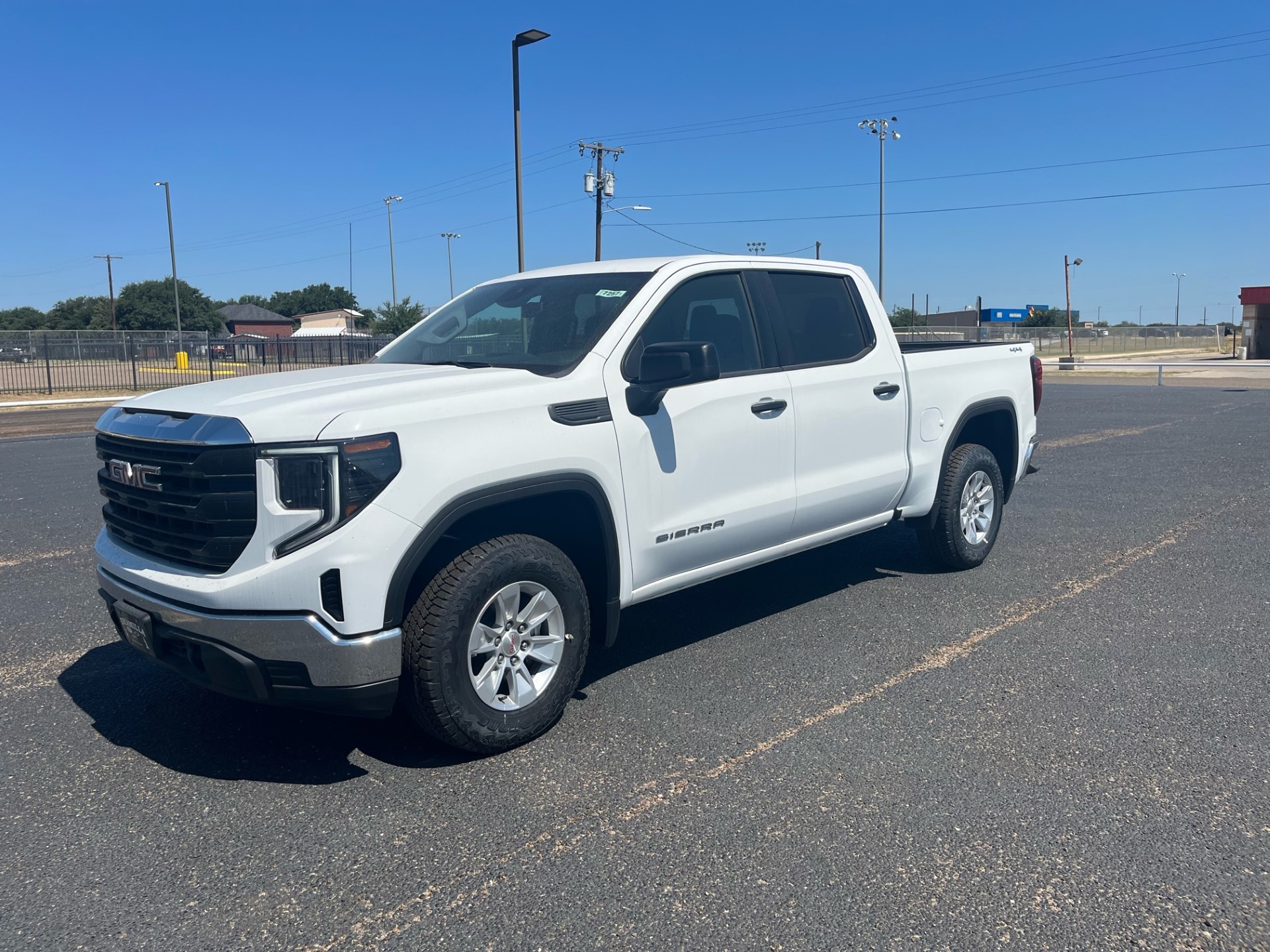Why Selling Smart Pays Off
Selling your car online is more than just posting an ad and waiting for offers—it’s about making smart choices that put more money in your pocket and keep the process stress-free. Whether you’re working with a car dealer or selling directly to another driver, a little preparation goes a long way. By understanding how to set the right purchase price, gather the correct paperwork like your title and license plate, and verify every step of the transaction, you can ensure a smooth sale. This guide will walk you through each stage, from listing your car online to completing the sale, so you can sell with confidence and get the best possible price for your vehicle.

1) Pick the right time (and price)
Timing: List when demand is up (spring/summer) and before major maintenance is due.
Price ladder:
- Dream price (Ask): a little high but realistic.
- Target price: what you actually want.
- Walk-away price: the lowest you’ll accept.
- Compare comps: Use year/trim/miles/options/condition. If yours is cleaner, aim above average; if tires/brakes are due, price accordingly. For example, if a similar car with fewer miles recently sold for $15,000, you can estimate your car's value by adjusting for mileage and condition.
Be sure to estimate the total cost of selling, including any potential fees or expenses that may reduce your final amount. Set realistic expectations for what dealers or buyers might offer by researching current market values and recent sales.

2) Inspect and Test Your Vehicle (Know What You’re Selling)
Before you list your car for sale, take the time to thoroughly inspect and test it so you know exactly what you’re offering. Start by checking for any visible damage, mechanical issues, or safety concerns—these can affect both the sale price and buyer confidence. If you still owe money on your vehicle, contact your finance company to determine the exact payoff amount, so you’re ready to discuss the numbers with potential buyers. Make a note of any insurance claims or if the car has a salvage title, and be upfront about these details to avoid surprises during the sale. Providing a recent vehicle history report and being transparent about the car’s condition will help you build trust and make the sale process smoother for everyone involved.

3) Do the “$300 detail” that looks like $1,000
- Exterior: hand wash, clay bar (if you can), wax or spray sealant; touch up small chips.
- Interior: vacuum, steam/clean mats, wipe plastics, clean glass inside/out.
- Smell check: cabin filter + ozone or enzyme treatment if needed.
- Tires & lights: dress sidewalls lightly, replace dead bulbs.
- Minor reconditioning ROI: cheap wipers, fresh oil, and topped fluids signal care.

4) Gather “confidence docs” (this sells the car)
- Title (or payoff letter if there’s a loan; ensure all documents are valid and up to date)
- Maintenance records (digital or paper folder; make sure records are valid and current)
- Extra keys, owner’s manual, window sticker (if you have it)
- VIN check or vehicle history report (can be provided upon request to serious buyers)
- Bill of Sale, Odometer Disclosure, Release of Liability (state forms vary—print valid blanks ahead of time)

5) Photos that make phones ring (15–25 pics)
- Shoot at golden hour, open shade, or a bright overcast day.
- Angles: front 3/4, rear 3/4, side, front, rear, close-ups (wheels/tires), VIN plate, odometer, engine bay.
- Interior: driver seat, dashboard with screen on, back seat, cargo, floor mats.
- Flaws: show them honestly—transparency = trust.
- Clean the lens; turn the wheels slightly for that pro stance.

6) Write a listing that actually answers questions
Before you start your listing, please note that only cars in good working condition with a clean title are accepted for listing on our platform. Vehicles with salvage titles or major unresolved issues are not accepted.
Template you can reuse:
- Year Make Model Trim, mileage, drivetrain, color
- One-line hook: “One-owner, no pets, new tires, remote start”
- Top 5 features/options
- Recent maintenance: dates + mileage (“brakes 62,300; tires 58,900”)
- Condition truth: “small scrape rear bumper; price reflects”
- Sale terms: “Clean title in hand / Loan with BankName—will meet at bank”
- Availability: best times to meet; location area (not exact address)
When listing your cars, be sure to include all relevant details to help buyers compare vehicles easily.

7) Manage Your Listing (Keep It Fresh, Stay on Top)
Once your car is listed online, don’t just set it and forget it—active management is key to attracting serious buyers. Regularly update your listing with new photos, especially if you’ve made improvements or want to highlight unique features. Refresh your description to keep it accurate and engaging, and respond quickly to any questions or offers. Use price badges or highlight special features to show why your car stands out among other non commercial vehicles. Consider offering perks like a recent oil change or a full tank of gas to make your deal even more appealing. By keeping your listing current and top-of-mind, you’ll increase your chances of selling your vehicle quickly and for the best possible price.

8) Screen like a pro (and stay safe)
- Use messaging first; move to a quick call to confirm they’re real.
- Meet at a public spot (daytime) or your bank. Bring a friend.
- For test drives: check license, snap a pic (with permission), ride along, plan a 10–15 min loop (city + highway + parking).
- No plates joyrides: use a temp plate if required in your state or insist on your route with you present.

9) Negotiation scripts (copy/paste vibes)
- If they lowball hard:“I priced it based on clean comps and the new tires/brakes. I can move a little—how close can you get to $X (target)?”
- Before revealing your lowest price, wait to see their best offer. This creates leverage and can lead to a better outcome.
- If they point out a flaw:“Totally fair, which is why I discounted $_** already. If that helps you today, I can include the all-weather mats at my ask.”
- Sometimes, buyers or sellers create a sense of urgency—like a limited-time offer—to influence the negotiation.
- If they need a ‘today only’ deal:“If we can wrap at the bank this afternoon, I’ll do $X out-the-door.”
- Be aware of any extra charges or fees that may be added during the deal. If the charge isn’t acceptable, be ready to walk away.
- Hold your walk-away line:“Thanks for the offer. If I don’t get closer to my number by the weekend, I’ll circle back.”

10) Get paid safely (no drama)
- Best: complete the sale at your bank—verify a cashier’s check on the spot or do a bank-to-bank transfer. Always ensure you only pay or receive funds through secure, verified channels.
- Cash: only at the bank, with bills counted and deposited immediately.
- Avoid: overpayment scams, gift cards, payment apps with chargebacks, or “I’ll send a shipper.” Before completing the sale, sellers should clarify any fees involved in the transaction.

11) Paperwork + keys (clean transfer)
- Sign the title exactly as required (all owners present). Ensure all required documents are properly signed by all parties.
- Complete Bill of Sale and Odometer Disclosure if your state requires.
- Provide Release of Liability or online notice right after the sale.
- If you have a loan, meet at the bank: buyer pays bank, bank releases lien, then you sign over the title (or mail once the title arrives—explain timeline clearly).
- Remove plates if your state says so, cancel insurance after transfer, and keep a copy of everything.

12) Don’t forget the digital stuff
- Factory screen: factory reset/erase Bluetooth phones, nav, garage doors. When prompted, enter your password or PIN to complete the reset process.
- Aftermarket dash cams/OBD devices: remove them.
- Apps/connected services: log out, delete vehicle from your profile.

13) Post-Sale Procedures (Tie Up Loose Ends)
After the sale is complete, it’s important to finish all the necessary steps to ensure a clean handoff. Start by transferring the title to the new owner and providing any required documents, such as service records or a vehicle history report. If you traded in your vehicle, review the terms to understand how it affects your purchase price and any remaining obligations. Cancel your insurance coverage on the sold vehicle and notify the appropriate authorities to update their records. Before handing over the keys, remove all personal belongings and do a final check to make sure everything is in order. Taking these steps will help you complete the transaction smoothly and protect you from any future issues.
Trade-In vs Private Sale (truth table)
| Factor | Trade-In | Private Sale |
| Convenience | ⭐⭐⭐⭐⭐ (Dealers and the dealership can buy your car directly as part of the trading process) | ⭐⭐ |
| Time to cash | Same day at dealership | Days–weeks |
| Price | Lower, but may include dealer incentives or financing options | Higher |
| Repairs needed | Dealer can handle | Buyers may balk |
| Paperwork | Dealer handles | You handle |
| Tax benefit* | Often reduces taxable price on your new purchase | None |
*Where applicable in your state. Trading in at a dealership may also offer financing options or incentives.
Quick FAQs
How much should I spend prepping?
$150–$400 on detailing and small fixes usually returns 2–4× in sale price.
What mileage scares buyers?
Not the number—lack of records scares buyers. A 110k-mile car with tidy maintenance beats a 60k mystery car. Maintenance records or service history can be provided to buyers upon request.
Should I fix every tiny thing?
Fix cheap/high-impact items (bulbs, wipers), disclose the rest, and price accordingly.
Celebrate Your Smart Sale
You did it! By following these steps, you’ve successfully sold your car online and maximized your sale price. Staying organized, being transparent, and providing excellent service have helped you complete a smooth transaction and set yourself up for future success. Whether you’re buying or selling, remember to access all the information you need, respond promptly to inquiries, and always be ready to reset your approach for the next deal. If you’re ready to start your next sale or want more tips on selling your vehicle online, visit our website for more resources. With the right mindset and preparation, you’ll continue to be a confident and successful car seller.

